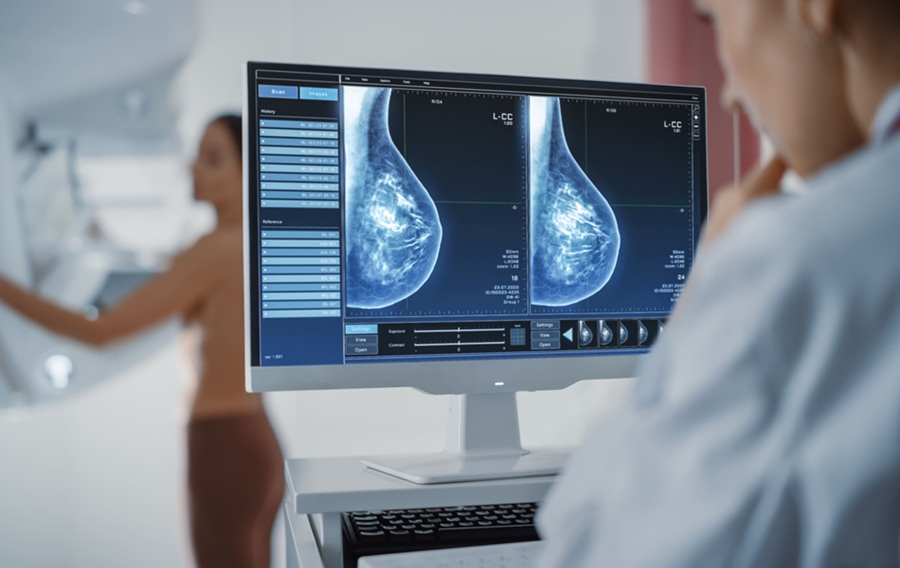Combined Radiotherapy and Drug Treatment Shown to Improve Survival for Patients with Inoperable Liver Cancer
By MedImaging International staff writers
Posted on 15 Sep 2014
A study has shown that patients who suffer from inoperable advanced hepatocellular carcinoma (HCC) may have the opportunity to live substantially longer by using a combined therapy.Posted on 15 Sep 2014
The multicenter phase II clinical trial conducted by the Asia-Pacific Hepatocellular Carcinoma Trials Group and led by the National Cancer Center Singapore (NCCS) and Singapore General Hospital (SGH) at four Asia Pacific tertiary medical centers evaluated the effectiveness of combining two existing treatment modalities, Sorafenib and selective internal radiation therapy (SIRT). The combination therapy involves starting patients on SIRT using SIR-spheres microspheres, a medical device that contains radioactive microspheres labeled with yttrium-90 for short range, high energy radiation therapy, followed by systemic therapy with an oral chemotherapy drug, Sorafenib, 14 days later.
The mature findings of the trial published March 10, 2014, in the journal PLOS ONE revealed that median overall survival was 20.3 months for patients with intermediate stage HCC and 8.6 months for patients with advanced liver cancer. These final findings were better than the earlier data released in 2010.
Led by Prof. Pierce Chow, a senior consultant surgeon at NCCS and SGH, the investigator-initiated trial, which commenced in June 2008, recruited 29 patients from four countries, namely, Malaysia, Myanmar, Singapore, and the Republic of Korea.
“Hepatocellular carcinoma is the most common type of liver cancer with limited treatment options. About one million individuals are diagnosed with the condition yearly and only 20% of them are eligible for potentially curative treatment. This is a major concern and we aim to change that,” said Prof Chow.
Related Links:
National Cancer Centre Singapore
Singapore General Hospital













